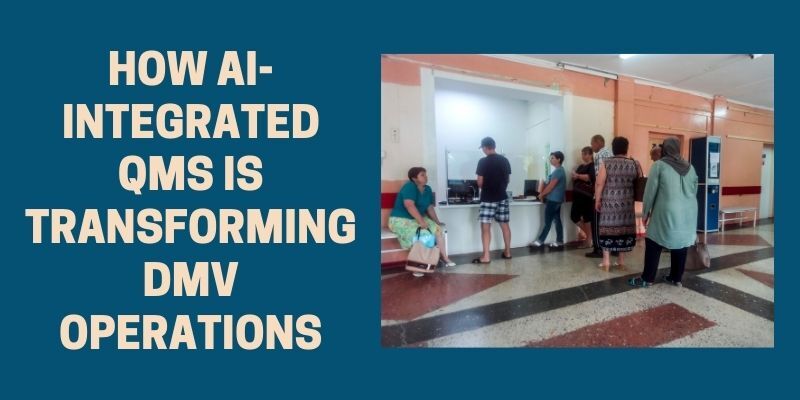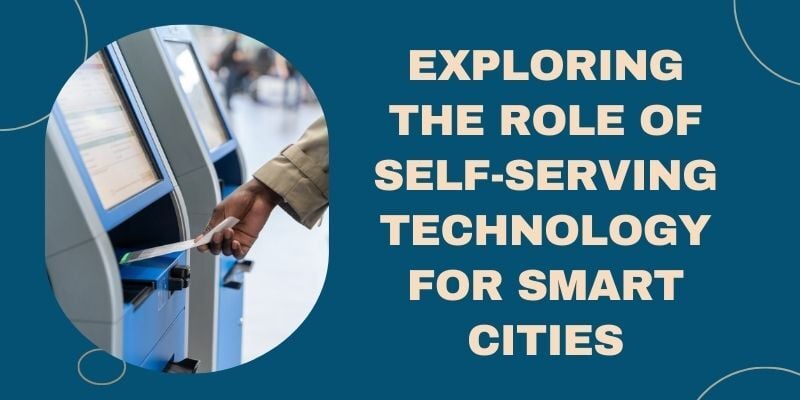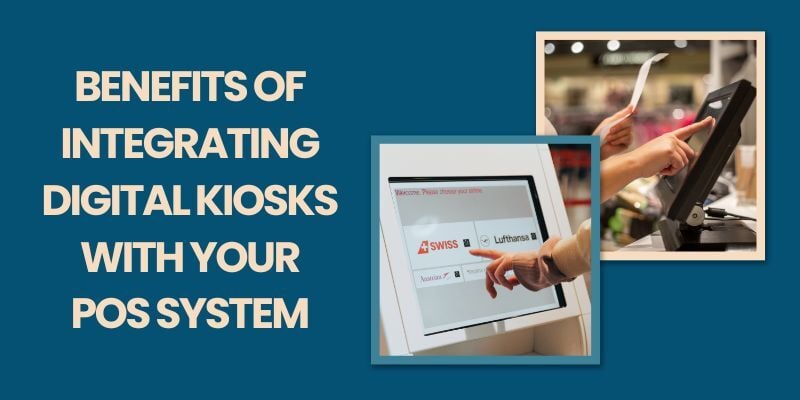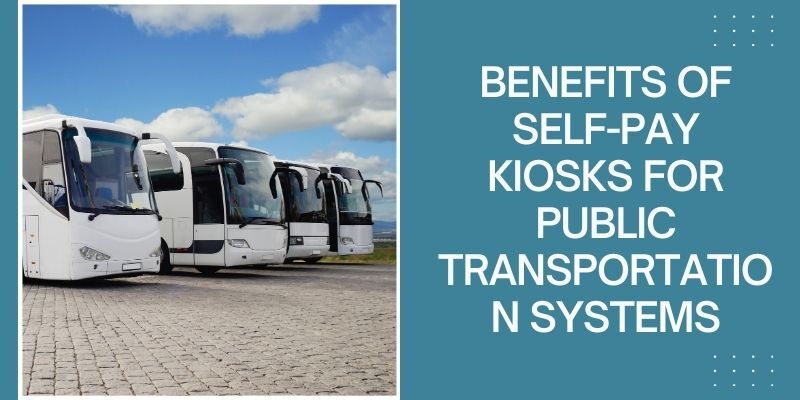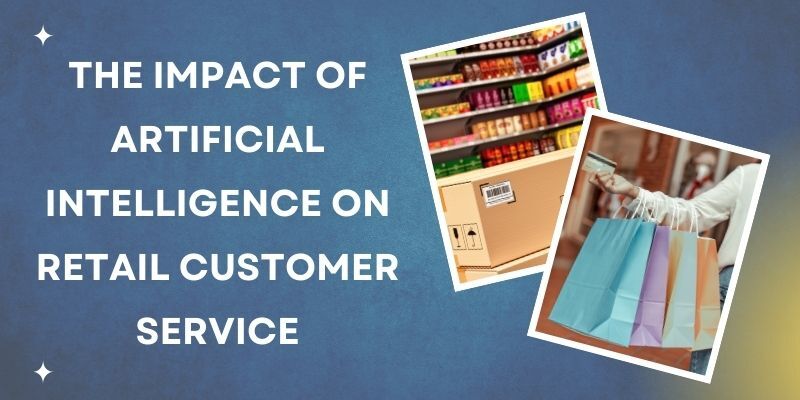Understand Customer Journey Management’s (CJM) power and its impact on business success.
This article explains why CJM matters, how it elevates customer satisfaction, and its pivotal role in driving business growth.
With straightforward insights, you’ll learn practical strategies to enhance every step of your customer’s journey.
Whether new to CJM or refining existing strategies, this guide equips you with actionable knowledge to improve customer experiences and achieve better outcomes.
Key Takeaways
- Understand the power of Customer Journey Management (CJM) for business success.
- Learn practical strategies to optimize every step of the customer journey.
- Enhance customer satisfaction through consistent communication and personalization.
- Streamline operations and increase efficiency with CJM best practices.
- Leverage technology and tools to track, analyze, and improve the customer journey.
- Collaborate across departments to deliver exceptional experiences and drive customer loyalty.
What Is the Customer Journey Management?
Customer Journey Management (CJM) is about understanding and improving every step of a customer’s experience with a business. Every interaction matters, from first learning about a product to getting support after purchase.
Customer Journey Management involves looking at all the places a customer connects with a brand, like websites or social media.
By studying these moments, businesses can learn what customers like and what they don’t. This helps them make products and services that fit better with customers’ wants.
CJM is all about making sure customers are happy and keep coming back. It’s like making a journey as smooth as possible, from start to finish.
4 Stages Of the Customer Journey

Navigating the customer purchase domain requires understanding the distinct stages of the customer journey. From initial discovery to final purchase, each phase plays a vital role in shaping the overall experience.
Let us now look into the stages of the customer journey and explore how digital journey management or the traditional purchase journey can be optimized at every step for maximum impact
- Awareness
- Consideration
- Purchase
- Post-Purchase
1. Awareness
At the beginning of the customer journey, awareness starts as customers first encounter a product or service. It’s when they realize a need or desire, sparking their interest. This phase is crucial for businesses to grab attention through ads, social media, or word of mouth.
Customer Journey Management involves understanding where customers are and crafting strategies to make them aware of what you offer. By optimizing this stage, businesses can effectively increase brand visibility and attract potential customers.
2. Consideration
During the consideration stage, customers explore further their options. They compare features, prices, and reviews to make informed decisions. Customer journey optimization focuses on providing relevant information and smoothly guiding customers through this process.
It involves creating compelling content, answering common questions, and showcasing value propositions. By effectively facilitating this stage, businesses can influence purchase decisions and build customer trust.
3. Purchase
The purchase stage marks the highlight of the customer journey, where decisions turn into actions. It’s when customers commit to buying a product or service. Customer Journey Management at this stage involves streamlining the purchasing process, ensuring it’s seamless and user-friendly.
From intuitive checkout processes to secure payment options, every detail matters. By improving this stage, businesses can minimize friction and increase conversion rates, turning prospects into paying customers.
4. Post-Purchase
After the purchase, the journey continues with the post-purchase stage. It’s when customers evaluate their experience and decide if it meets their expectations.
Customer journey management involves excellent post-purchase support, such as order tracking, customer service, and follow-up communication.
By delivering exceptional post-purchase experiences, businesses can foster loyalty, encourage repeat purchases, and generate positive word-of-mouth referrals. This stage is crucial for building long-term customer relationships and maximizing lifetime value.
Benefits of Customer Journey Management
Understanding the essence of customer journey management shows numerous benefits for businesses aiming to prosper in today’s dynamics.
Improving each step of how customers interact with a business brings significant benefits. Let’s see how customer journey management helps businesses grow and keep customers happy for the long haul.
- Improved Customer Satisfaction
- Increased Customer Loyalty
- Enhanced Brand Reputation
- Higher Conversion Rates
- Data-Driven Decision-Making
1. Improved Customer Satisfaction
Customer journey management ensures that each customer interaction with a business leaves them satisfied. By listening to customer feedback and understanding needs, businesses can tailor their offerings to exceed expectations.
This attention to detail meets customer needs and makes them feel valued and understood, leading to long-lasting satisfaction and positive experiences.
2. Increased Customer Loyalty
Consistently delivering exceptional experiences throughout the customer journey fosters strong bonds of loyalty. Customers who feel valued and appreciated at every touchpoint are likelier to stay loyal to a brand.
Customer journey management focuses on building trust and reliability, ensuring that customers continue to choose a business over competitors.
3. Enhanced Brand Reputation
Prioritizing customer satisfaction and loyalty enhances a brand’s reputation for excellence. Satisfied customers are likelier to share positive experiences with others, leading to word-of-mouth recommendations and a positive brand image.
Through customer journey management, businesses can cultivate a reputation for reliability and exceptional service, further strengthening their position in the market.
4. Higher Conversion Rates
Optimizing the customer journey through digital journey management can significantly impact conversion rates. By understanding customer behaviors and preferences, businesses can tailor their marketing efforts and product offerings to resonate with their target audience.
This personalized approach increases the likelihood of converting prospects into customers, driving revenue growth and business success.
5. Data-Driven Decision-Making
Customer journey management relies on data to inform decision-making processes. Businesses gain valuable insights into customer behavior and preferences by collecting and analyzing data at every touchpoint.
This data-driven approach allows companies to make informed decisions about their marketing strategies, product development initiatives, and customer service efforts.
By leveraging data effectively, businesses can allocate resources more efficiently and maximize results, ultimately improving customer satisfaction and business outcomes.
3 Components of a Successful Customer Journey Management Strategy

Crafting a successful Customer Journey Management (CJM) strategy requires careful consideration of several vital components. By aligning these components effectively, businesses can create memorable experiences that promote customer satisfaction and loyalty.
We will now look into the essential elements of a robust CJM strategy and how they contribute to overall success.
- Customer Personas
- Mapping The Customer Journey
- Implementing Customer Feedback Mechanisms
1. Customer Personas
Understanding who your customers are is the foundation of effective Customer Journey Management. Customer personas represent characters that represent different segments of your target audience.
By creating detailed personas based on demographics, behaviors, and preferences, businesses gain insights into the needs and motivations of their customers. This understanding enables personalized marketing and communication strategies tailored to each persona’s needs.
This ultimately enhances the overall customer experience.
2. Mapping The Customer Journey
Mapping the customer journey involves visualizing the various touchpoints and interactions a customer experiences, from initial awareness to post-purchase support.
By creating comprehensive journey maps, businesses gain a complete view of the customer experience, identifying key moments of engagement, pain points, and opportunities for improvement.
This visual representation enables businesses to optimize each journey stage, ensuring a seamless and satisfying customer experience at every touchpoint.
3. Implementing Customer Feedback Mechanisms
Customer feedback is invaluable for refining and improving the customer journey. Implementing feedback mechanisms such as surveys, reviews, and social media monitoring allows businesses to gather insights directly from customers.
By actively listening to feedback, addressing concerns, and making necessary adjustments, businesses demonstrate their commitment to customer satisfaction and continuous improvement. This iterative process enables businesses to refine their customer journey management strategies, ensuring they remain aligned with evolving customer needs and preferences.
Tools and Technologies for Customer Journey Management
Customer Journey Management relies on various tools and technologies to track and adjust customer interactions. These tools, from analytics platforms to CRM software, allow businesses to enhance every step of the customer journey.
Let’s explore some essential tools and technologies that streamline CJM processes for improved customer experiences.
- Customer Relationship Management (CRM) Systems
- Customer Journey Mapping Tools
- Analytics And Data Visualization Tools
- Marketing Automation Platforms
1. Customer Relationship Management (CRM) Systems
CRM systems help businesses organize and manage customer information, interactions, and relationships. They store customer data, track communication history, and provide insights to improve customer engagement and satisfaction.
2. Customer Journey Mapping Tools
These tools enable businesses to visualize and understand customers’ various touchpoints and interactions with their brands. By creating comprehensive journey maps, businesses can identify pain points and opportunities for improvement along the customer journey.
3. Analytics And Data Visualization Tools
Analytics and data visualization tools help businesses track and analyze customer behavior and preferences. They provide valuable insights into customer interactions, allowing businesses to make data-driven decisions to optimize the customer journey and ensure effective customer journey management.
4. Marketing Automation Platforms
Marketing automation groups and platforms streamline repetitive tasks and workflows, such as email campaigns, social media management, and lead nurturing. They help businesses deliver personalized and timely customer messages, enhancing engagement and driving conversions.
5 Best Practices for Effective Customer Journey Management

Effective customer journey management relies on simple yet powerful best practices. By focusing on putting the customer first and constantly seeking ways to improve, businesses can create seamless experiences that keep customers happy and coming back.
Let’s explore some fundamental principles for successful CJM.
- Consistent Communication Across Channels
- Personalization And Targeted Marketing
- Seamless Omnichannel Experiences
- Agile Adaptation To Customer Feedback
- Collaboration Across Departments
1. Consistent Communication Across Channels
Keep communication clear and consistent across all channels customers use to interact with your business, whether email, social media, or in-person interactions. This ensures a unified experience and helps customers feel valued and understood.
2. Personalization And Targeted Marketing
Tailor your messages and offers to each customer’s preferences and needs. Personalized marketing makes customers feel special and increases the likelihood of engagement and conversion.
3. Seamless Omnichannel Experiences
Integrate all channels seamlessly to provide a cohesive experience regardless of how customers interact with your brand. This ensures a smooth journey from online to offline interactions and enhances overall satisfaction. This also helps streamline customer journey management.
4. Agile Adaptation to Customer Feedback
Listen to customer feedback and adapt your strategies accordingly. Being agile in responding to customer needs and preferences shows that you value their input and are committed to continuously improving their experience.
5. Collaboration Across Departments
Encourage collaboration between marketing, sales, and customer service departments to ensure alignment and consistency in delivering exceptional customer experiences. This ensures everyone works towards the same goal of delighting customers at every touchpoint.
Case Study
Transforming Retail: How Wavetec Solutions Revolutionized Northgate’s Customer Journey Management
Northgate, a leading Hispanic supermarket chain, collaborated with Wavetec to improve its customer journey management.
Northgate implemented Wavetec’s Queue Management System and UNO-Q at checkout, facing challenges like congested stores and long queues. These solutions streamlined operations and reduced waiting times, significantly enhancing the shopping experience.
Northgate saw increased customer satisfaction and profitability with reduced queue congestion and improved staff efficiency. The success of this partnership sets a new standard for excellence in the retail sector, demonstrating how customer-centric strategies and modern technology drive success and satisfaction in the retail industry.
Final Words
Customer Journey Management (CJM) is crucial for businesses to keep customers happy and succeed.
Companies can build strong connections with customers by communicating well, personalizing experiences, and making interactions smooth across all channels.
Listening to feedback and working together across departments also helps improve experiences over time. By focusing on the customer’s journey, businesses can stand out and grow, ensuring they stay competitive and meet customer needs.
BOOK A FREE DEMO

